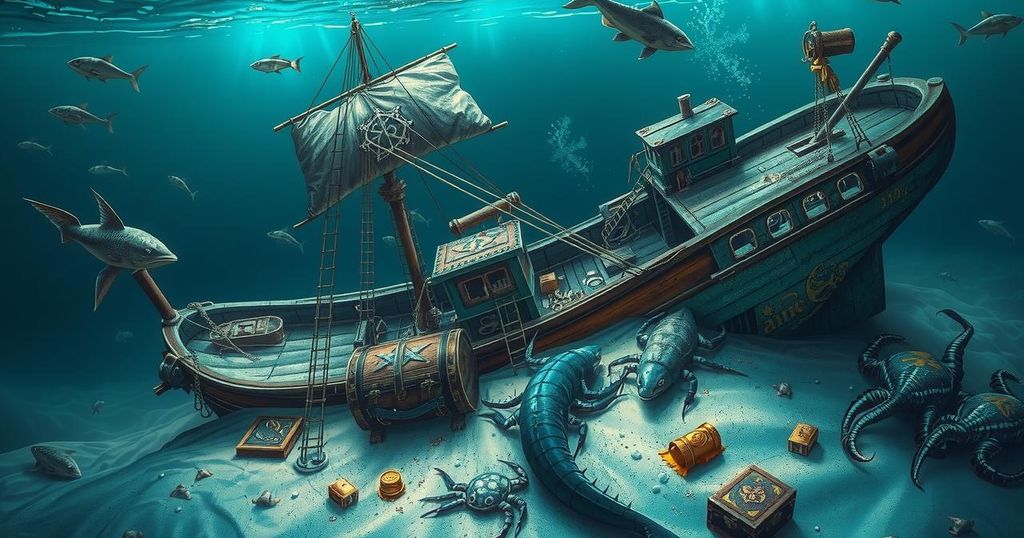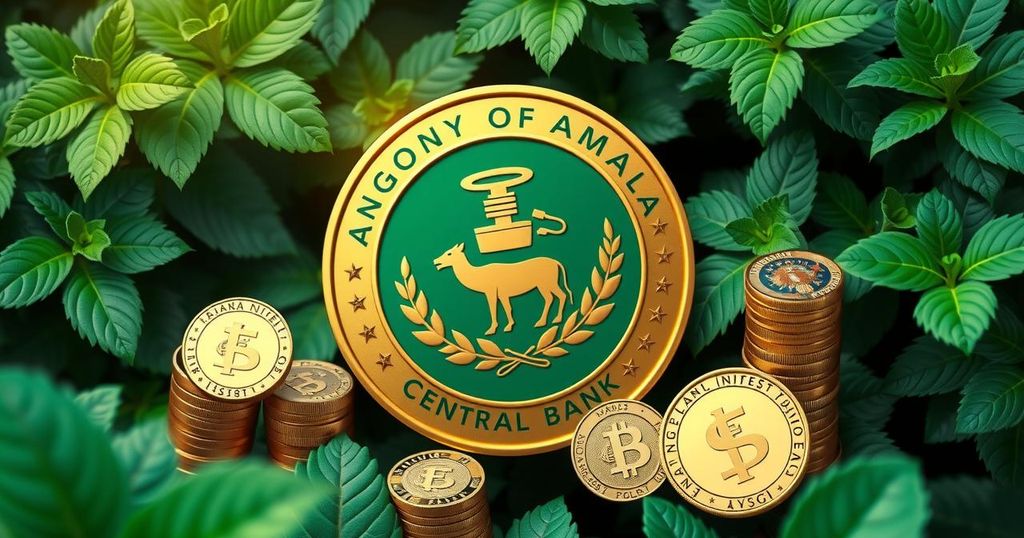Lost 300-Year-Old Ship with £101M Worth of Treasure Discovered off Madagascar Coast
- A 300-year-old shipwreck carrying £101M worth of treasure has been discovered.
- The ship is believed to be the Nossa Senhora do Cabo, sunk in a pirate raid in 1721.
- Researchers have recovered over 3,300 artefacts from the maritime site.
- The ship was transporting goods from Goa, India to Lisbon, Portugal when it sank.
- Estimates suggest the sunken treasure could exceed £108 million in today’s currency.
Treasure Ship Uncovered After Centuries Beneath Sea
Archaeologists have made a groundbreaking discovery; they have located a 300-year-old shipwreck off the coast of Madagascar, which is estimated to be carrying treasure worth a staggering £101 million. This historical find, identified as the Nossa Senhora do Cabo, dates back to a time when piracy was rampant. The ship was tragically sunk by pirates in 1721 during one of history’s most infamous raids, which has intrigued both historians and treasure hunters alike.
Historical Context of the Ship’s Sinking
The Nossa Senhora do Cabo met its demise on April 8, 1721, when it was attacked by notorious pirates, led by Captain Olivier “The Buzzard” Levasseur. This incident occurred during the Golden Age of Piracy, a time period marked by daring raids and massive plunder. At the time of its attack, the vessel was transporting cargo from Goa, India, to Lisbon, Portugal, and the raid became infamous due to its remarkable bounty. What adds complexity to this tale is the sobering fact that an estimated 200 enslaved individuals were on board, their fate still shrouded in mystery to this day.
Riches Discovered at Long Last
After a lengthy sixteen-year investigation, researchers from the Center for Historic Shipwreck Preservation have finally brought the sunken treasure to light, discovering the wreck in Ambodifotatra Bay near Nosy Boraha. More than 3,300 artefacts have been excavated, many of which include religious figurines, precious gold ingots, and beautifully ornate treasure chests. Among these artefacts is a notable ivory plaque inscribed with the abbreviation “INRI,” portraying the significance of this historic find. Brandon A. Clifford and Mark R. Agostini, who are part of the research team from Brown University, emphasized the magnitude of this haul, calling it “an eyewatering treasure, even by pirate standards.” Their estimates suggest that, adjusted for inflation, the ship’s cargo could be valued at over £108 million in today’s economic climate.
Significant Historical Treasures Reemerging
The discovery of the Nossa Senhora do Cabo comes at a time when underwater archaeology continues to reveal lost fortunes from history. Just recently, researchers believe they have also identified a Spanish galleon, the San Jose, which has been lost beneath Caribbean waters since 1708. Initial findings of this galleon show a treasure trove estimated at £16 billion, and many believe that a wreck found near Baru Island in Colombia may be this long-lost ship. The implications of these finds are massive, both historically and economically, as they shed light on global trade routes and the unspeakable human cost associated with them. The valuables found on these galleons further underscore the lucrative yet tragic nature of maritime history during periods of colonialism and piracy.
In summary, the discovery of the Nossa Senhora do Cabo not only hints at the vast wealth lost to pirate raids but also reminds us of the broader implications of trade and human suffering during the colonial era. The treasure found is significant, both materially and historically, adding depth to our understanding of the ship’s tragic past. Additionally, with other finds like that of the San Jose galleon, we encounter a fascinating revival of historical narratives that continue to shape our understanding of maritime history and its legacies.




Post Comment